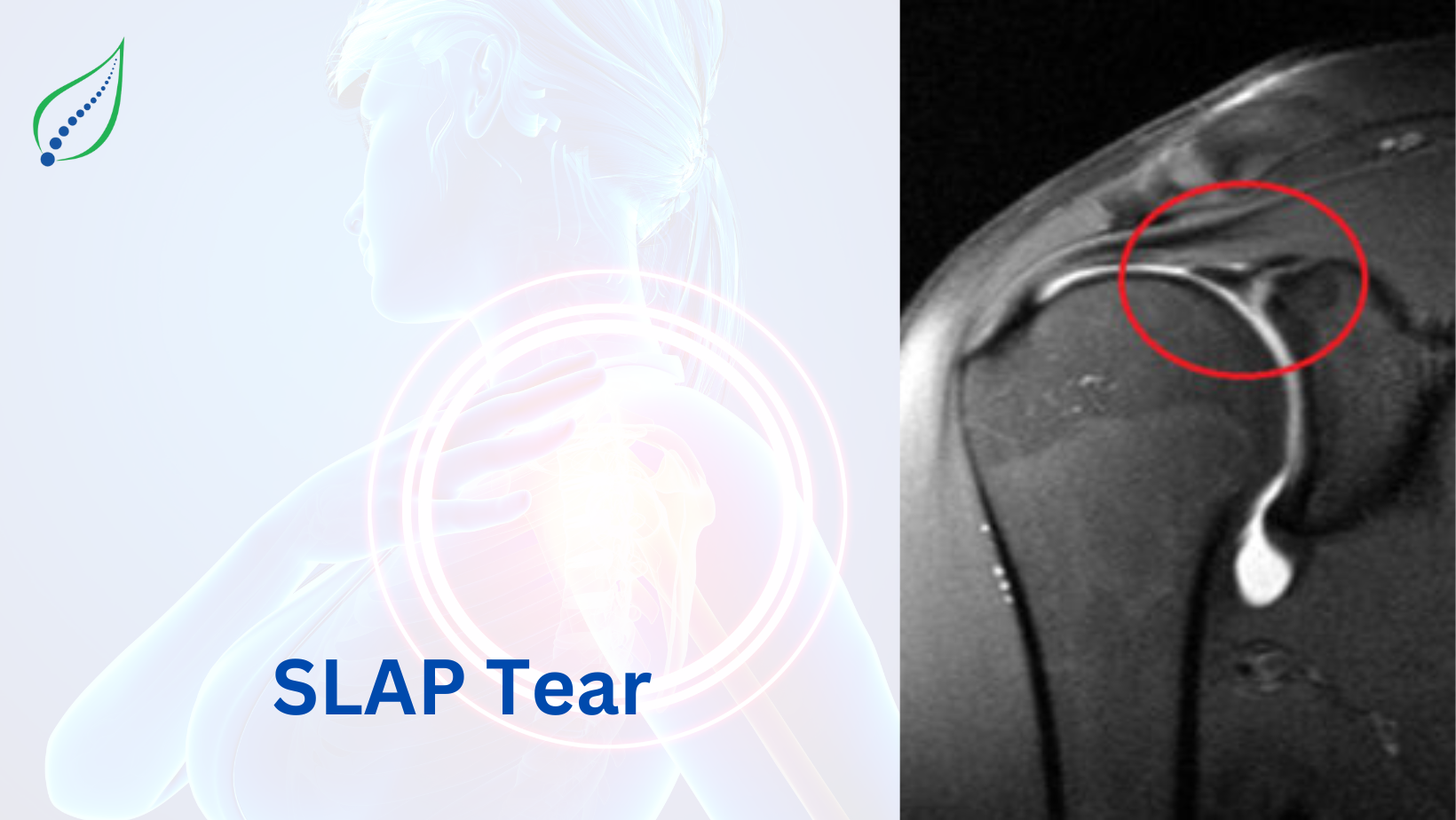SLAP Tear
A SLAP (superior labrum anterior posterior) tear is an injury to the labrum of the shoulder, which is the ring of cartilage that surrounds the socket of shoulder. The acute trauma or repetitive shoulder motion can both cause superior labrum injuries.
An acute SLAP injury can occur as a result of:
- An automobile accident.
- An outstretched arm/ overreaching.
- Forceful pulling of arm.
- Dislocation of the shoulders.
- People who engaged in repetitive overhead sports, such as athletes or weightlifters, are at risk of developing labrum tears as a result of repeated shoulder motion.
Many SLAP tears, on the other hand, are the result of the labrum gradually deteriorating over time. There are four different types of SLAP tear:
- Type I SLAP tear involves the fraying of the top rim of the labrum, but it is still attached to the glenoid. This injury is due to the aging process, and commonly found in middle-aged or older patients where symptoms may not be present.
- Type II SLAP tear is the most common type of tear. The labrum and biceps tendon separate from the top of the glenoid in this injury.
- Type III SLAP tear (bucket-handle tear) causes the torn labrum to potentially droop into the shoulder joint.
- Type IV Slap tear is a bucket-handle rip at the top of the labrum that may or may not extend into the bicep tendon.
Symptoms of SLAP tear:
- Pain while moving or keeping the shoulder in specific positions.
- Decline in sports performance.
- Reduced range of motion 4.
- Discomfort when lifting items, particularly overhead.
- Difficult to identify shoulder pain.
- Locking, popping, clicking or grinding in the shoulder.
- Shoulder weakness.
Specific physical examination is done by the examiner such as:
- Active Compression Test
- Biceps Load Test
- Compression Rotation Test
- Dynamic Speed’s Test
- Clunk Test and Crank Tests
Scans like X-RAY and MRI are also advised to get the clear view which helps in diagnosis.
Treatment:
In most cases, the initial treatment for a SLAP injury is nonsurgical. Nonsteroidal anti-inflammatory medication such as ibuprofen and naproxen which reduce pain and swelling are commonly used. Physiotherapy is advised in which some specific exercises will restore movement and strengthen the shoulder. Flexibility and range-of-motion exercises will include stretching the shoulder capsule, which is the strong connective tissue surrounding the joint. Strengthening exercises for the muscles to support the shoulder can relieve pain and prevent further injury. The exercise program can be continued anywhere from 3 to 6 months, and usually involves working with a qualified physical therapist.

_1749797551_1751826891.png)


